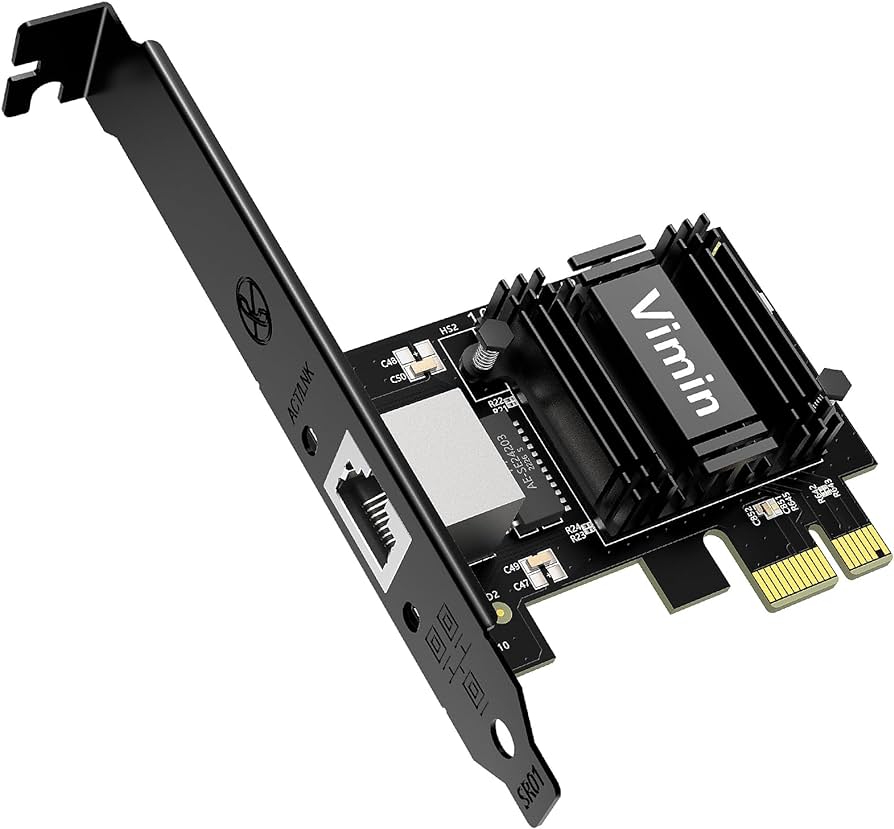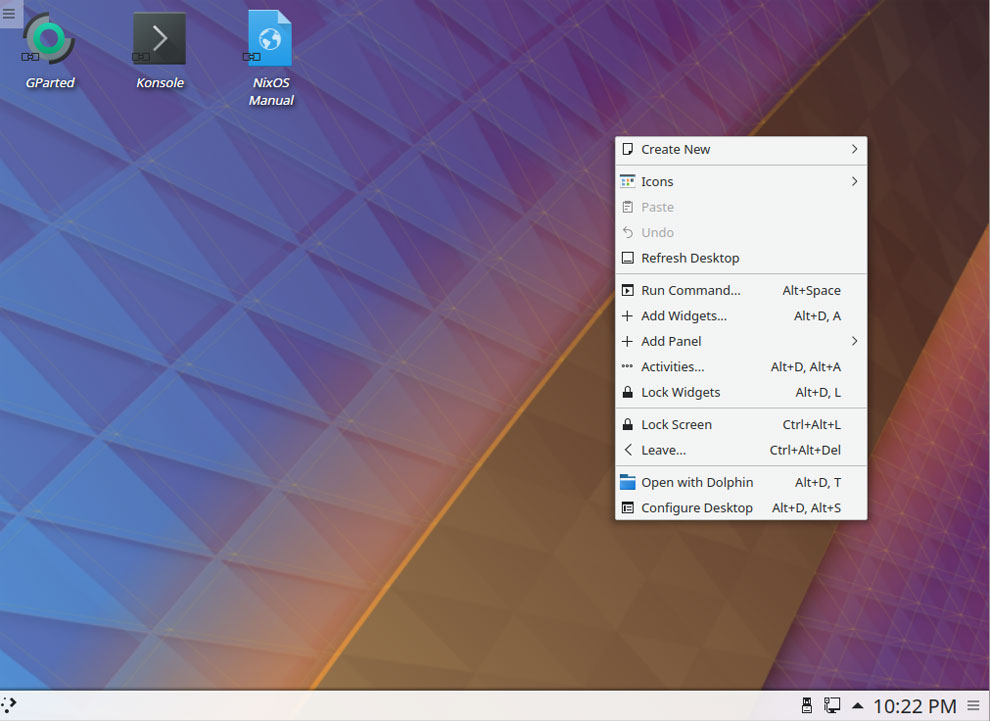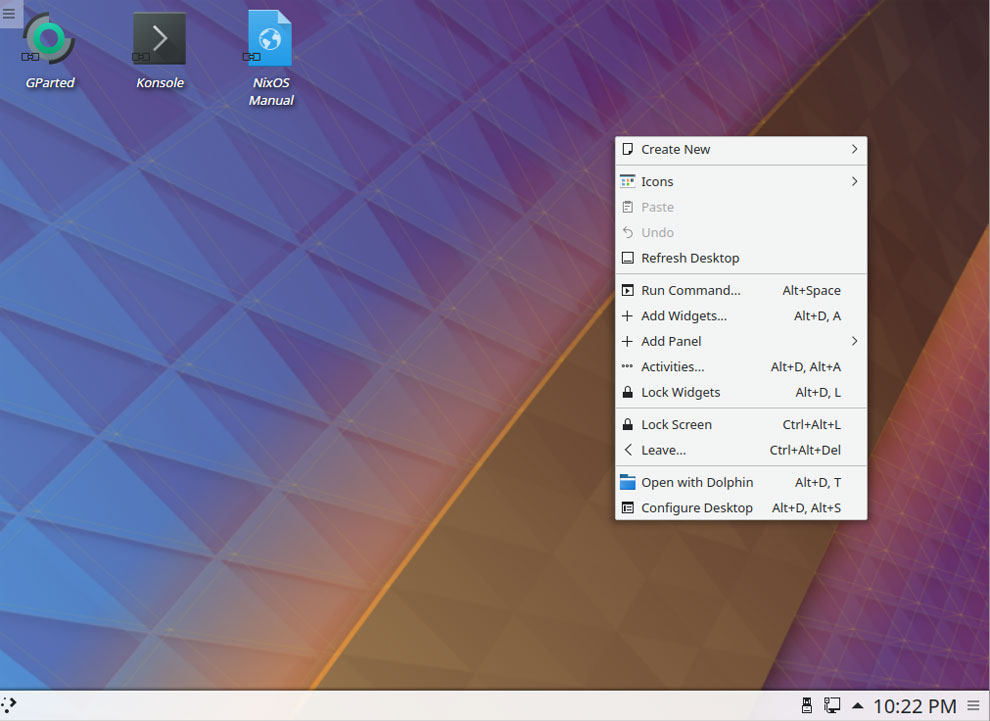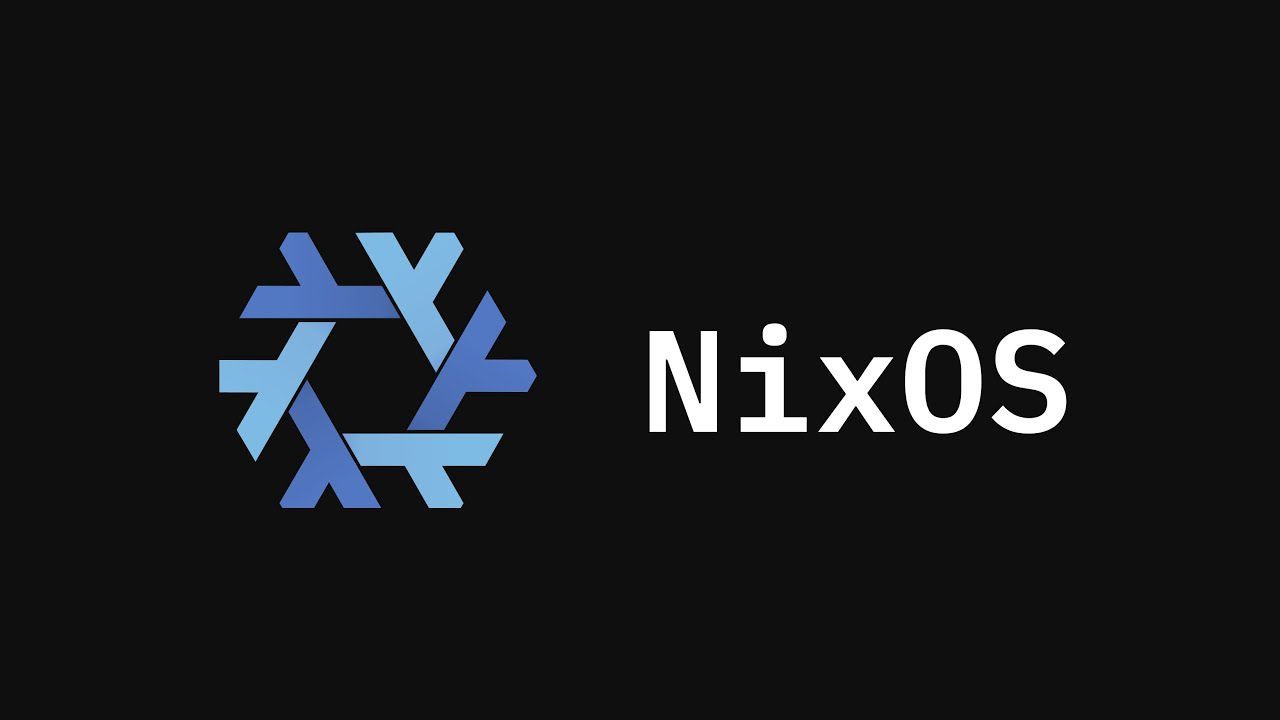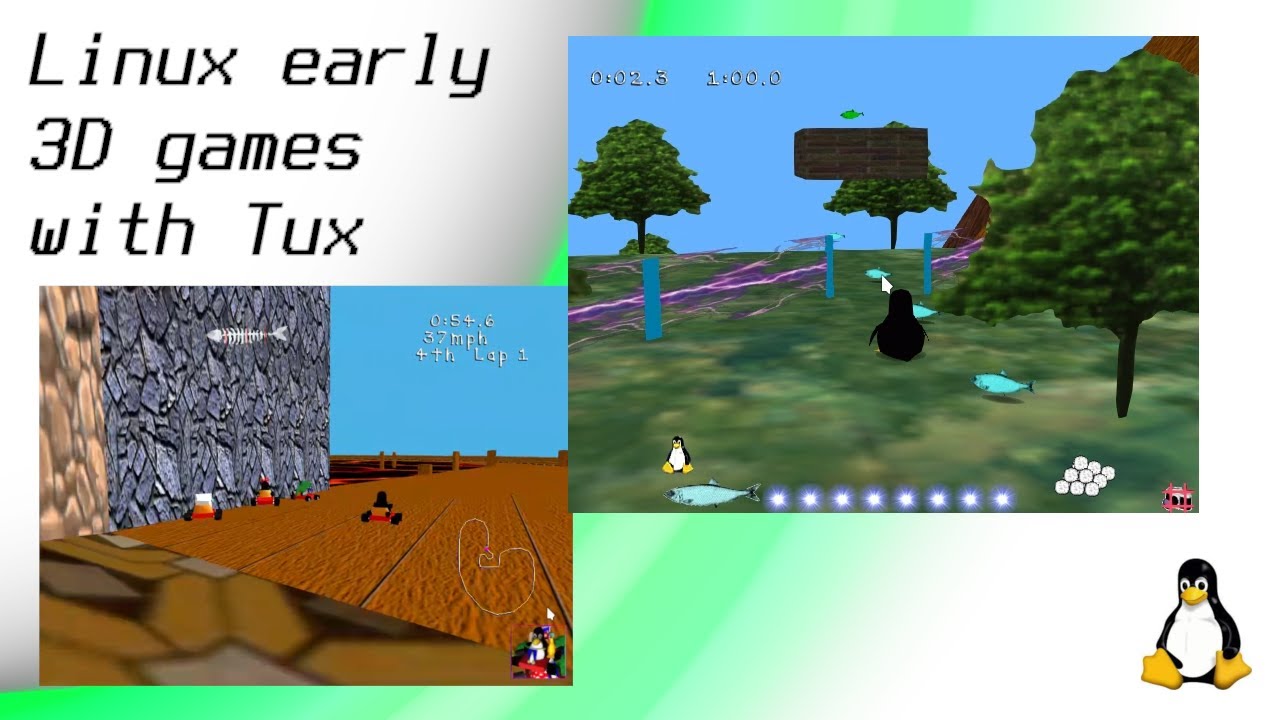
Embracing the Quirks of Early Linux Gaming Ports
As a dedicated Linux enthusiast, I often find myself delving into the world of classic games, seeking to experience them through the lens of open-source platforms. Recently, my journey led me to the original Linux ports of iconic titles like Doom, Heretic, and Hexen. What started as a mere curiosity quickly evolved into a captivating exploration of the intricacies and challenges of early gaming adaptations.
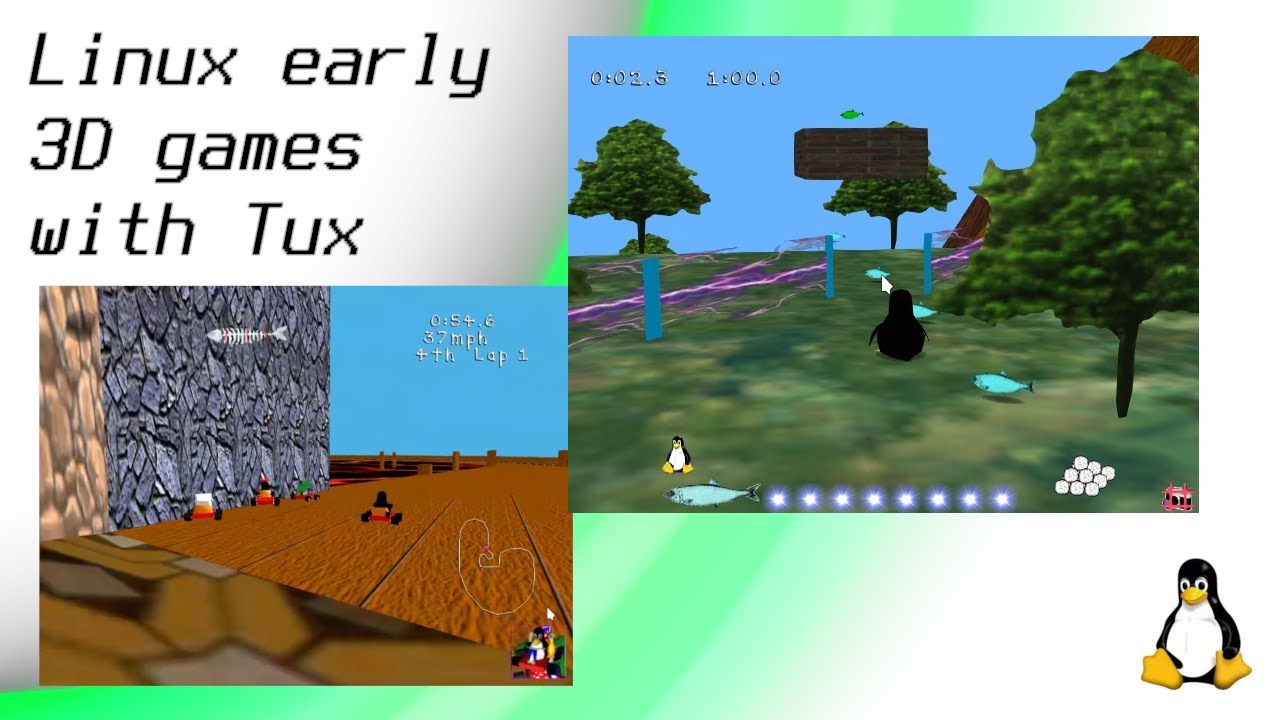 Early Linux Gaming
Early Linux Gaming
Unveiling the Mysteries of Doom
Upon successfully setting up the Linux port of Doom, my initial intention was merely to test its functionality. Little did I know that the allure of this legendary game would draw me back into its gripping world. From confronting the formidable Icon of Sin to navigating through perplexing levels, Doom on Linux presented both familiar nostalgia and unexpected hurdles.
Navigating the Challenges of Doom II
While progressing through Doom II on Linux, I encountered peculiar obstacles that added a unique flavor to my gaming experience. Issues like the unyielding bars in E4M6 and the notorious segfault in MAP24 introduced an element of unpredictability, testing not only my skills but also my problem-solving abilities.
Heretic: A Tale of Sound Woes
Transitioning to Andre Werthmann’s Linux Heretic, I was met with a mix of satisfaction and frustration. The game’s immersive boss battles were marred by sound glitches that disrupted the gameplay flow. Despite these setbacks, the allure of Heretic’s intricate levels and hidden secrets kept me engaged, albeit with occasional technical workarounds.
Hexen: A Journey Through Chaos
Venturing into the realm of Hexen, I encountered a blend of excitement and exasperation. The game’s sprawling environments and challenging enemies provided a thrilling backdrop for exploration, yet the technical quirks, such as sound effect issues on moving platforms, added an unexpected layer of complexity.
Reflecting on the Experience
My foray into the world of early Linux gaming ports left me with a newfound appreciation for the dedication of developers and the resilience of the gaming community. Despite the occasional setbacks and technical hurdles, the sheer joy of rediscovering these classic titles on a Linux environment was a rewarding endeavor.
Embracing the Imperfections
In a world driven by seamless gaming experiences, the imperfections of early Linux ports serve as a reminder of the evolving nature of technology. Embracing these quirks not only enhances the gaming journey but also fosters a deeper connection to the roots of the gaming industry.
Looking Ahead
As I continue to explore the realm of Linux gaming, I eagerly anticipate the challenges and discoveries that await. Each glitch, workaround, and triumph serves as a testament to the enduring legacy of classic games and the vibrant community that keeps them alive.
In the realm of Linux gaming, every glitch tells a story, every workaround unveils a new path. Embrace the quirks, for they are the threads that weave the tapestry of your gaming adventure.
Stay tuned for more Linux gaming insights and discoveries!
Part 39: Beyond Heretic










